For each year's first three quarters, we celebrate by sharing a list of our favorite music releases. Unlike our year-end lists, these quarter features are casually compiled, with an aim to spotlight the underdogs and the lesser-heard among the more popular picks. More from this series
Pharmakon
Devour
[Sacred Bones]
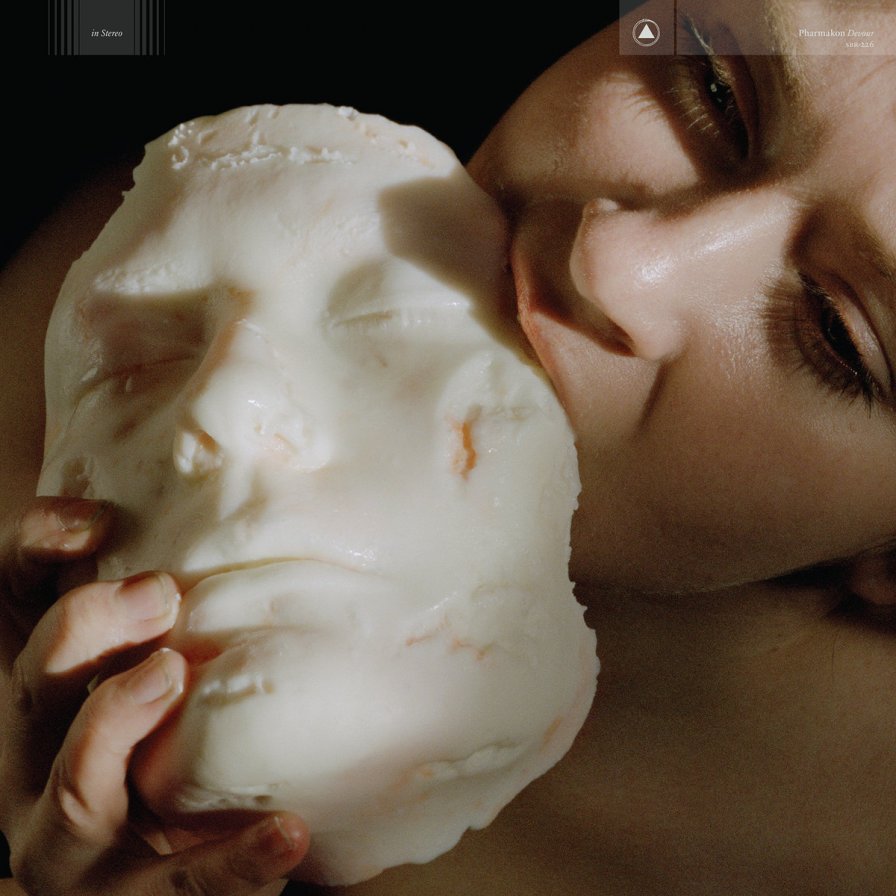
Margaret Chardiet is nothing if not painfully consistent. With each Pharmakon album, she claws deeper into human materiality by testing our collective body’s physiological limits. If Chardiet’s output were any less galvinizing, it might seem like a stale joke by now: “this next one is about flesh and stuff.” Notably, Devour reminds me of Matana Roberts’s masterwork, COIN COIN Chapter Three: River Run Thee, in both form and affect. Both were recorded live in studio in one continuous take, both strike a funereal quality, both invoke a downward spiral. As with each Pharmakon release, Devour arrives with an Artist Statement: “This album is dedicated to all who were lost to their own demise… It is for all those ostracized by and isolated from a totality which chews them up alive in a self-cannibalizing caste system. Here, where martyrs, slaves, and pharmakos are not eradicated, but simply called by another name.” As always, Chardiet’s accompanying words are an amplifying compedium to her music, but if you’ve made it this far, you already know, you know? This is healing music “for the rest of us who understand that chaos, madness, and pain and even self-destruction are natural.” If that’s you, let this devour you instead of self-disgust, because from inside our own bellies, there ain’t no one of us who needs an excuse for making it out alive.
Various: World Music
ZUSHI!
[World Music]

As notable as it is that Panda Bear and A$AP Rocky are featured on World Music NTS Radio set ZUSHI!, their bits aren’t the most interesting aspects of the 36-minute collage of Dean Blunt purist glory. Somber slices of melancholy surround the flourishing waves of ZUSHI!’s postmodern rhythm and blues, tightly sealed in lyrical rhetoric that embody the vocals of each singer — not to mention the lush old-school Blunt interludes that unravel throughout. And with the help of World Music fan favorites DJ Escrow, Mica Levi, and Joanne Robertson, including relative newcomers to the label’s aesthetic, jonatan leandoer96 (Yung Lean) and Sauce Walka, ZUSHI! finally resolves the question, “What has Dean been up to since we last heard from him?” Answer: right where he left off with ⛽, only with a little more theatrics this time around.
Bon Iver
i,i
[Jagjaguwar]
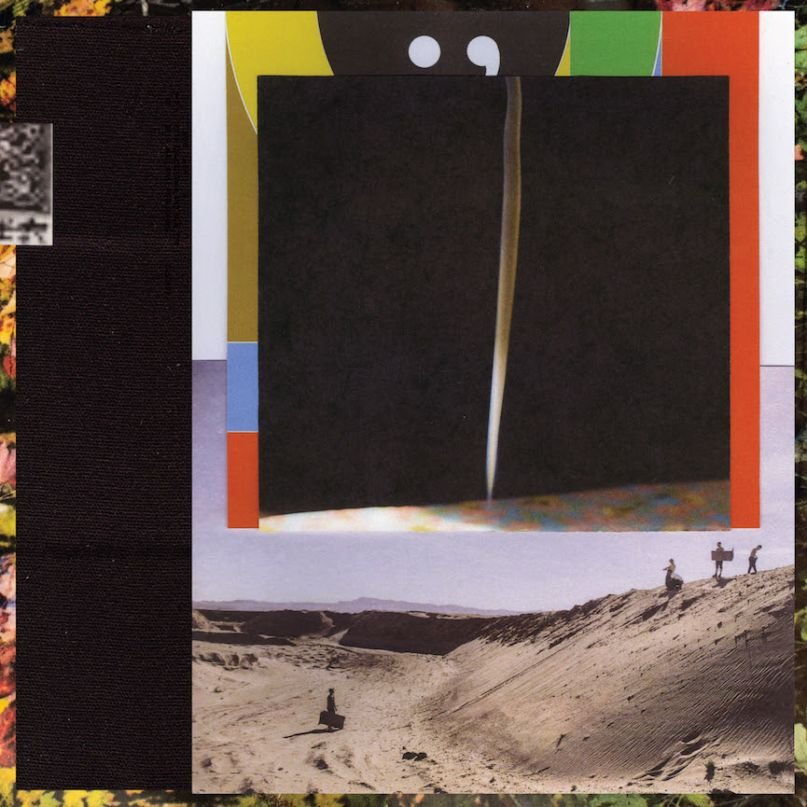
“I am!,” “Man!,” “Crying!,” “You!,” “Time and again!,” “How art!?” — the verncular of Bon Iver’s Justin Vernon is once again familiar yet impenetrable. Why do we fall so hard for this preening nonsense? The voices themselves contain the essence, require no language. i,i, the fourth Bon Iver album, is “autumn,” thus retrofitting the group’s discography as seasonal, cyclical. An autumn album means acknowledging decay. The bass rumbles like a canyon, the horns prickling leaves, the vocal layers dry and arid. After the ecstasy of summer is the realization of cyclical completion, because at the end is the return to hibernation. References to past motifs are plentiful; this is the key to Vernon’s success: the feeling of movement is merely an illusion, a projection onto a curved space. i,i revels in a simple, delicious trick: the human desire for patterns, which rise and fall in tension and can be reproduced endlessly.
Moodymann
Sinner
[KDJ]

Moodymann has one hell of a voice. He’s always sung, scatted, floated over his own tracks, albeit mostly in the background, the odd “uh” or “oww” decorating the beat like a hi-hat or blending in like a sample. Even a rare interview appearance is ripe for re-purposing (or, pessimistically, deracinating) as a sample. On Sinner, though, he’s front and center; even while mumbling half-hooks and exhortations, he’s present to an almost unprecedented degree. In speaking up, is he wresting back control of his own narrative? Simply trying something different (as usual)? It’s impossible to know, and Moody’s not telling.
YATTA
WAHALA
[PTP]
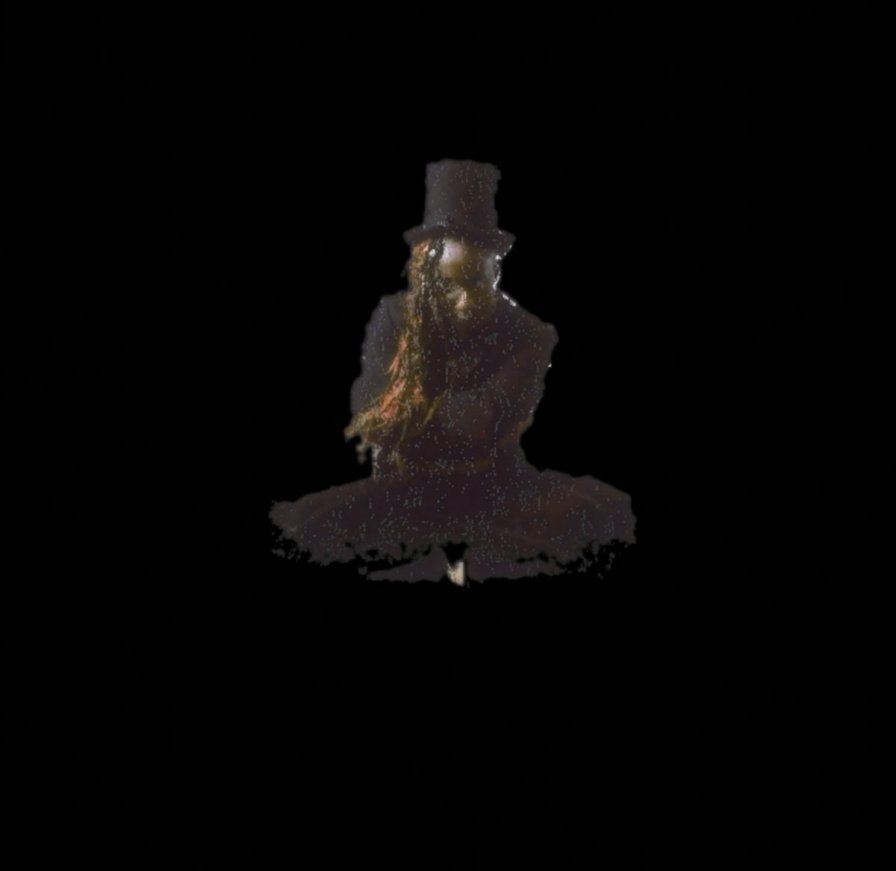
Calm like an artificial moon adrift in an isolated part of the universe, the steady song cycle shakes moment to moment from ripples in the arrangements and hairline fractures along its soft granular architecture. A run of the finger over the rounded edges chips and glitches digital glass into folk fragments. Dodging all the automated glut of binary production, YATTA mold the music around their voice, not crooning or shoegazing, but singing, central and vulnerable. On occasion, pitch-shifted conversation pieces offer caffeinated interjections (“Rollin”) like metropolitan disruptions singed into the flickering digital shapes and shards moving across the backdrop. Other times, they stitch altered vocals to create short buttered stacks of Vespertine harmonies (“Francis”). The soft landing and rescue mission of “Shine” and “Underwater, Now” float the listener on still waters, like Sully on the Hudson.
Florist
Emily Alone
[Double Double Whammy]
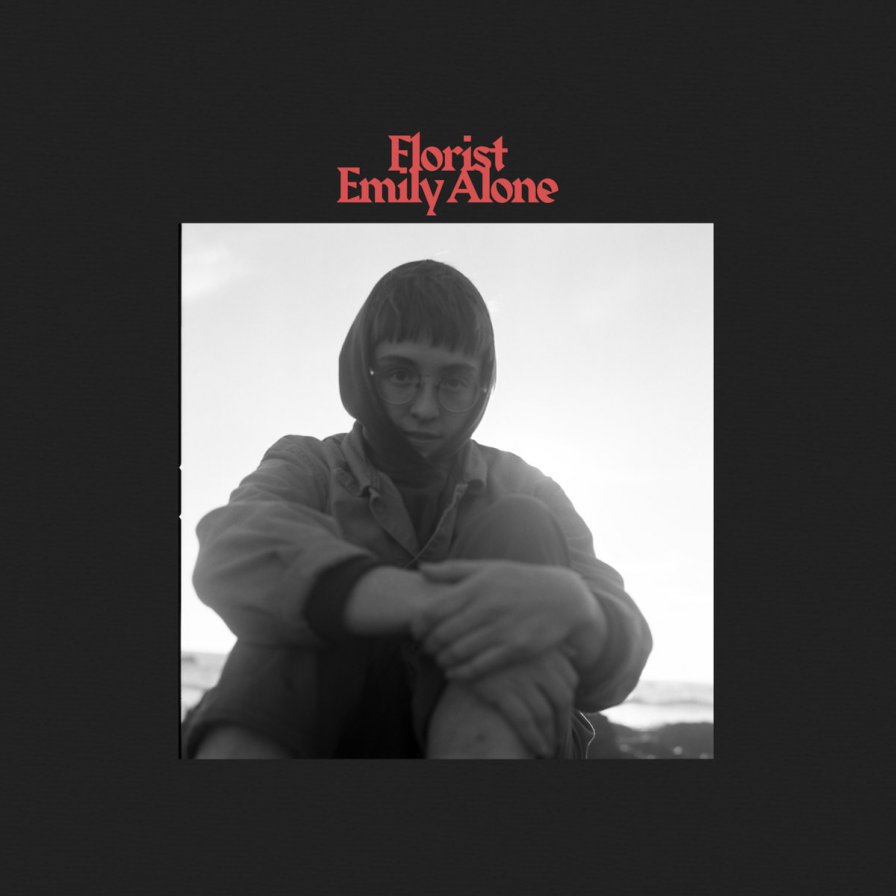
Florist’s Emily Alone is a simple album. With no band around this time, there’s not much in terms of instrumentation besides Emily Sprague and her guitar. Simplicity is nice, but it’s not everything. It still needs to be held up by great songwriting, which Sprague has given us time and time again across various projects. Emily Alone happens to feature some of her best writing yet, with a gorgeous, affecting lyricial simplicity that hinges on precision and a deep understanding of the emotions she’s trying to convey. I can’t write too much without overcomplicating things, so here are some of Emily’s words that I’ve been thinking about since the record came out: “I want to go to the ocean/ I can wait for nobody,” and “I walk and I read, I spend time in the sea/ And nothing brings clarity to what makes me me,” and “If I could see the future/ I would lay down/ Eat a tangerine/ And make a cup of tea.”
Jenny Hval
The Practice Of Love
[Sacred Bones]
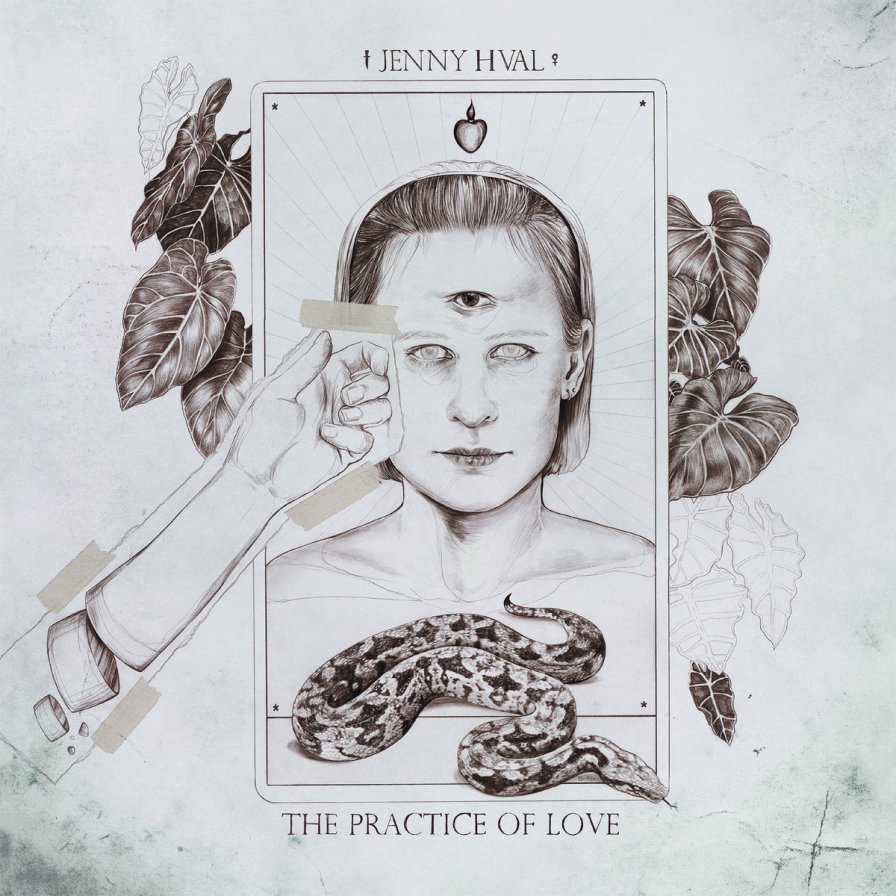
What does it mean to love? Can the answer ever be spoken adequately in any language? Jenny Hval will try to transcend. She can’t make the audience, so she makes up a game. Participation in this fantasy means risking embarrassment, so don’t break character. Follow the rules, don’t rush. With any luck, you will feel beautiful music. OK. Let’s do it. Click. The tonic shimmers out, a desiring fluid. A twisting stellar gem body of techno. A pearl smog engulfs. I aspirate the warm, heavy smoke. I am breathed, too. I feel nothing. I am body-free. Just empathy and recognition. You are clumsy but enthusiastic and not artificial at all. Grinning, I am tossed in your spiral. We focus on different parts of the same image. We both enjoy the stories. Softly, skillfully, around and around, vivid loops of friction. Sex dissolves into mist, into clouds, into rain. Must keep moving. Can’t lie dormant. Horror grows in the dormant places. Must remain moving under my eyes’ light; alive and ever vibrating. Can’t hurt me. Keep it soft and moving smoothly. A place to communicate subtleties.
More about: (Sandy) Alex G, Barker, Bill Callahan, Bon Iver, Caleb Giles, Charli XCX, Dean Blunt, DJ Haram, Dorian Electra, Félicia Atkinson, Fire-Toolz, Florist, Freddie Gibbs, Jahbar & Friends, Jenny Hval, Kali Malone, Kelela, Klein, LEO PaLAYENG, Lingua Ignota, Madlib, Maral, Moodymann, Nedarb Nagrom, Oren Ambarchi, Pharmakon, Slikback, Slug Christ, Yatta, Young Thug
For each year's first three quarters, we celebrate by sharing a list of our favorite music releases. Unlike our year-end lists, these quarter features are casually compiled, with an aim to spotlight the underdogs and the lesser-heard among the more popular picks. More from this series



